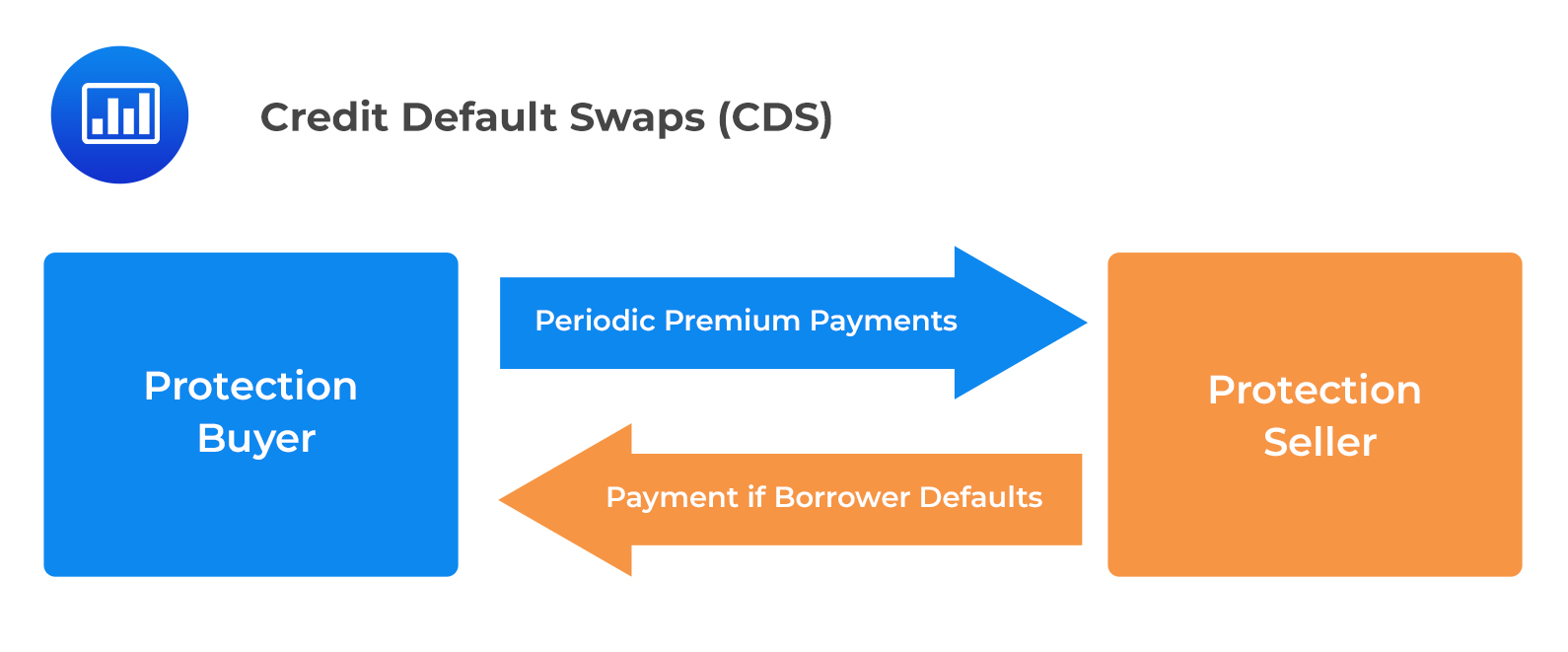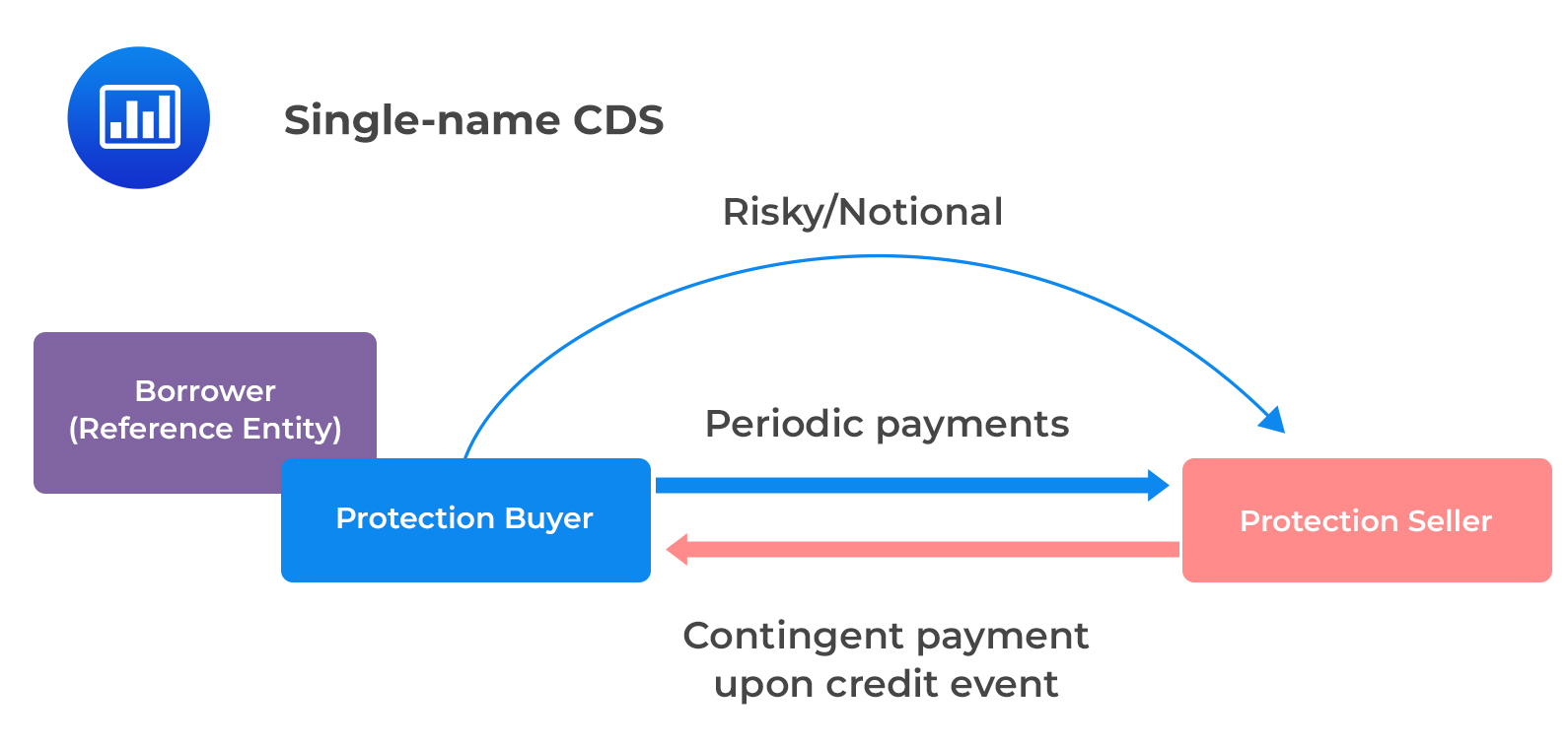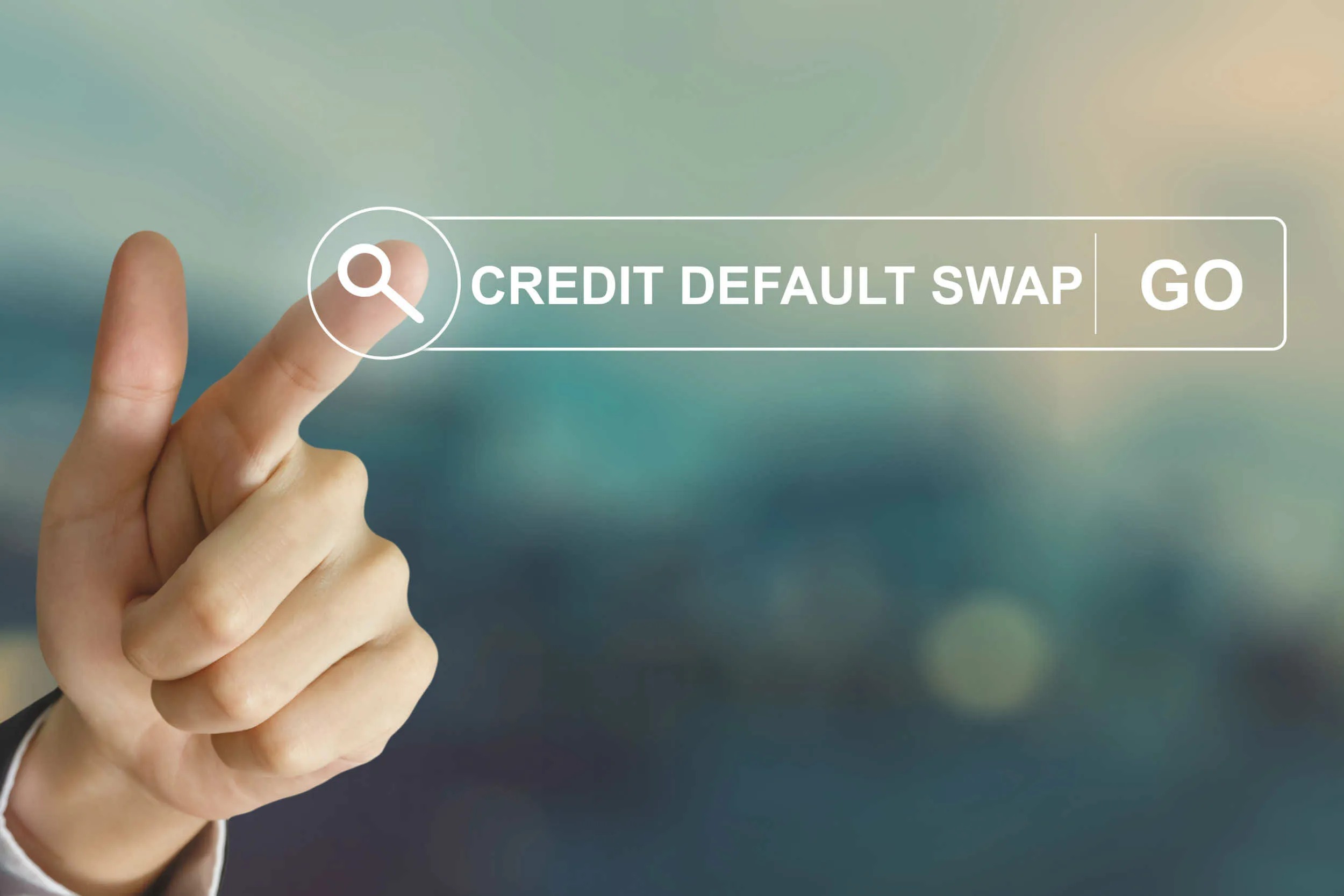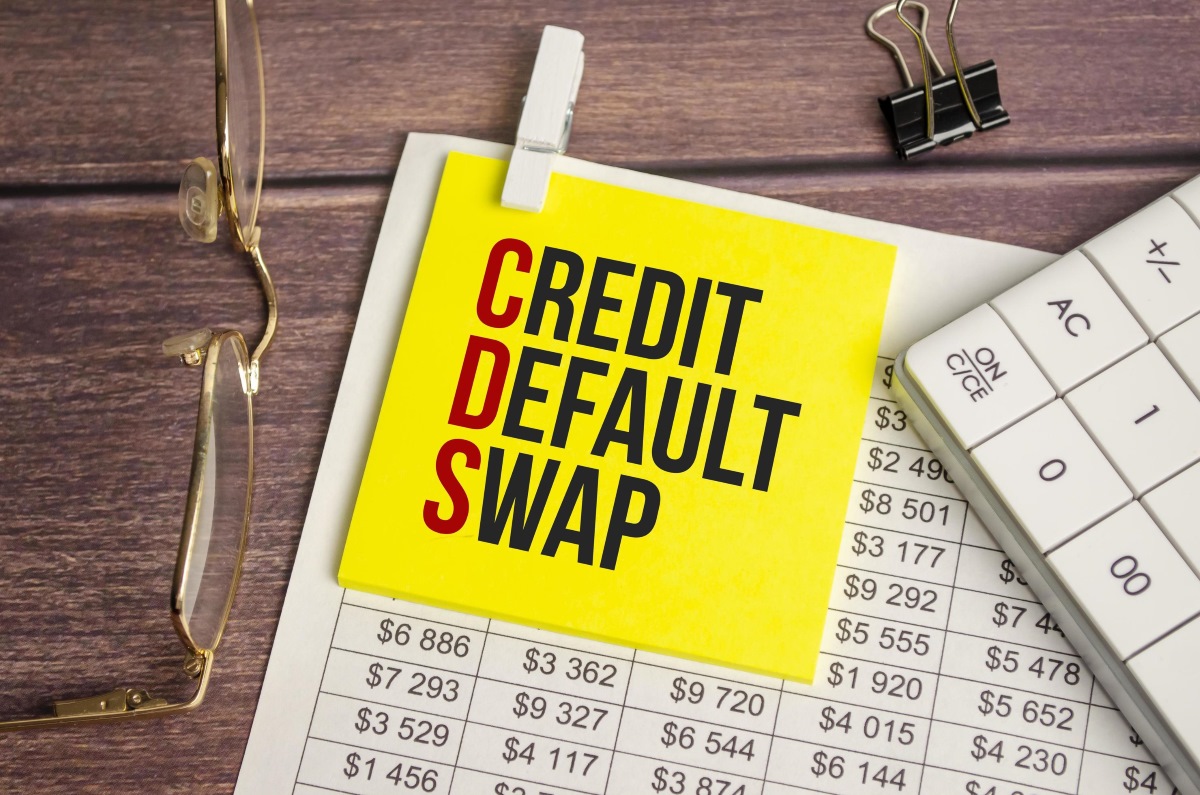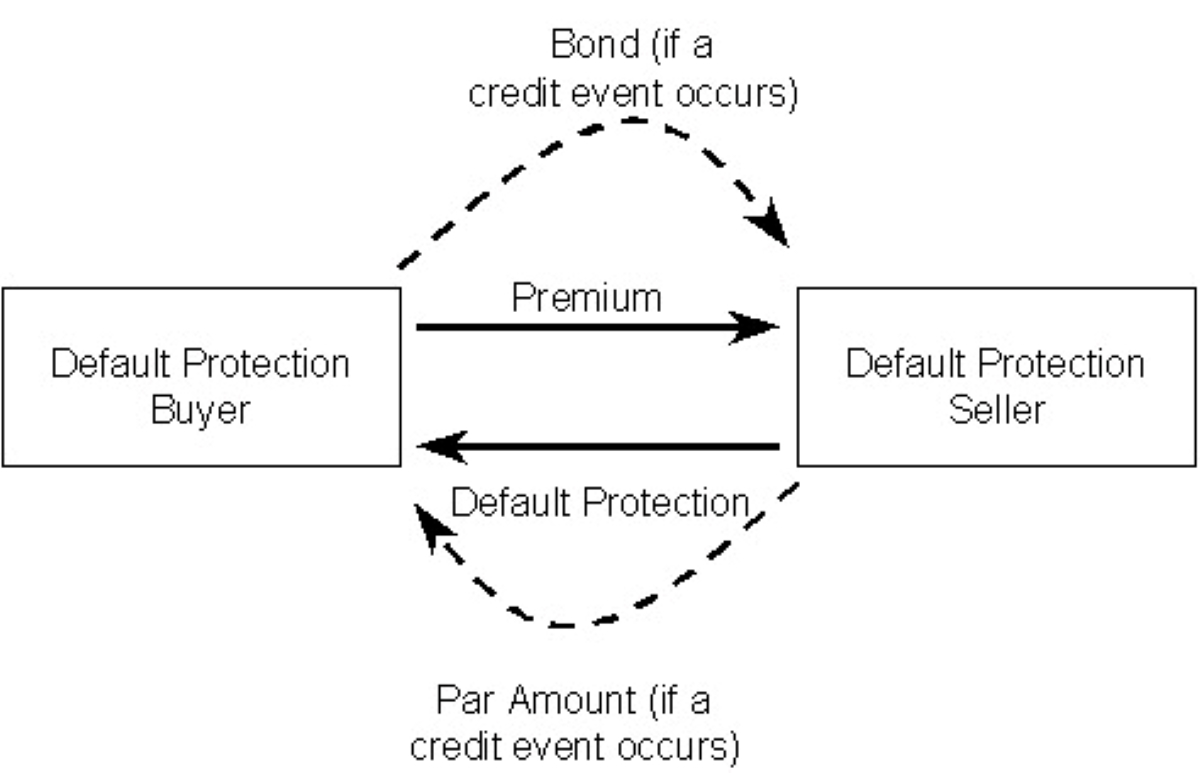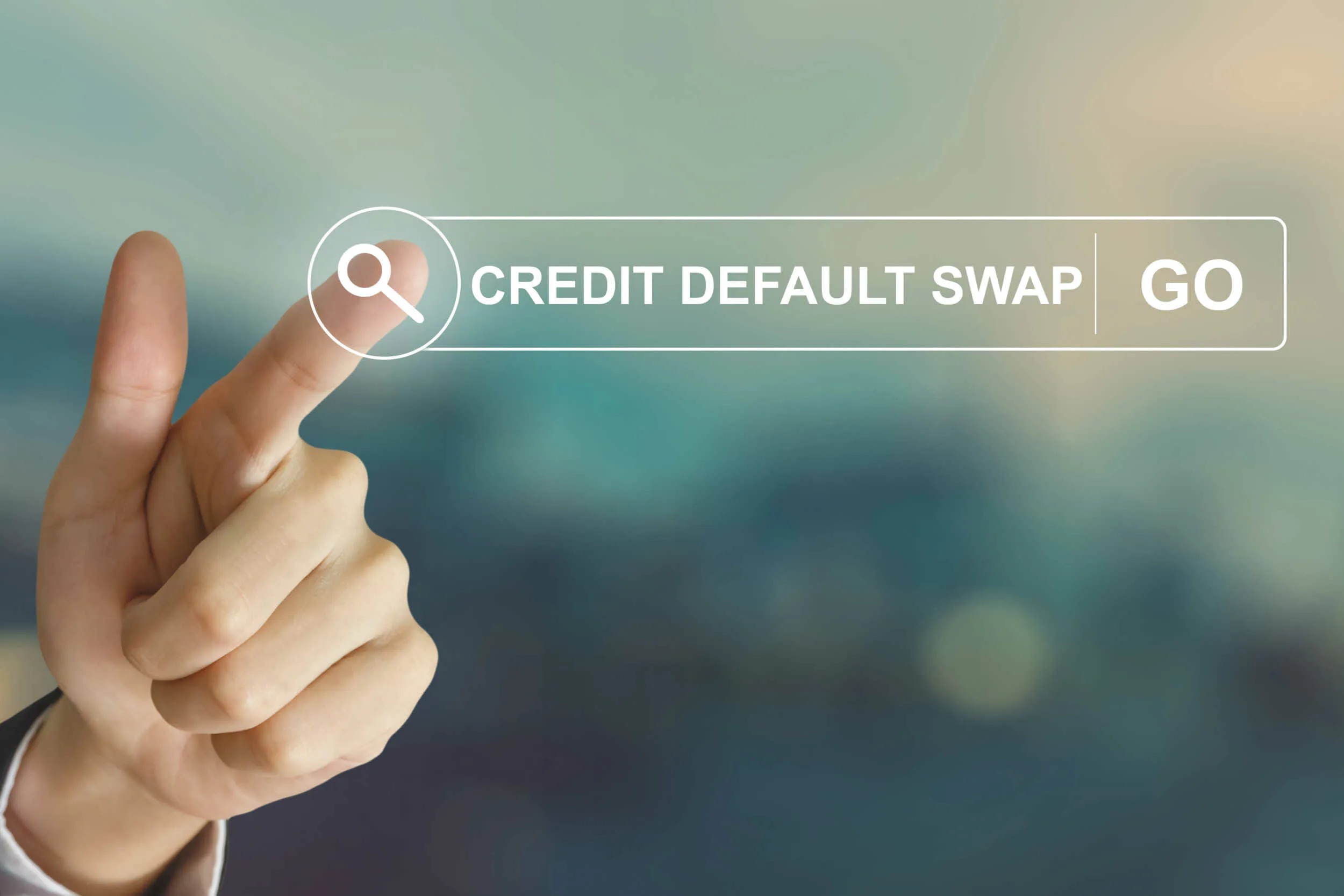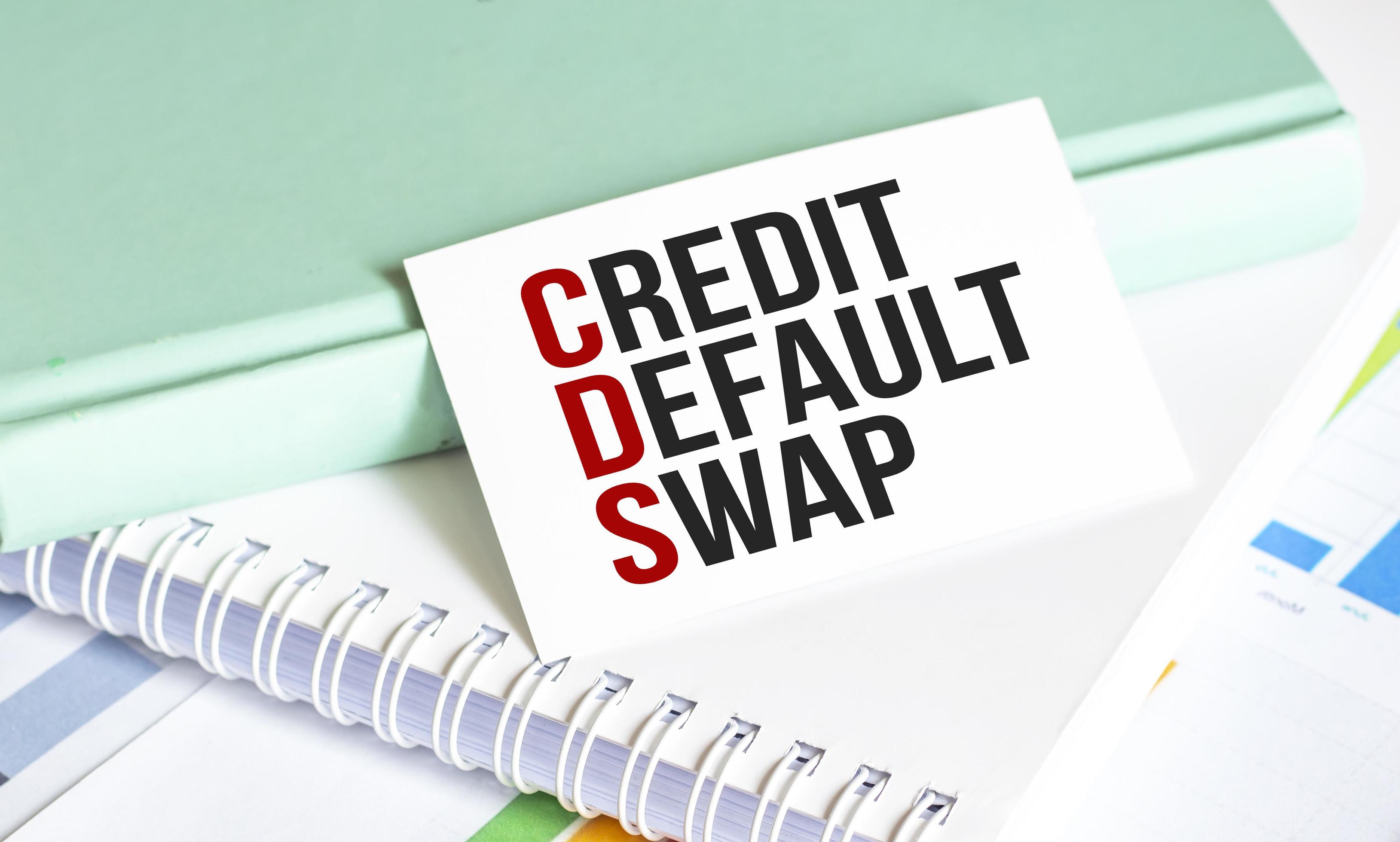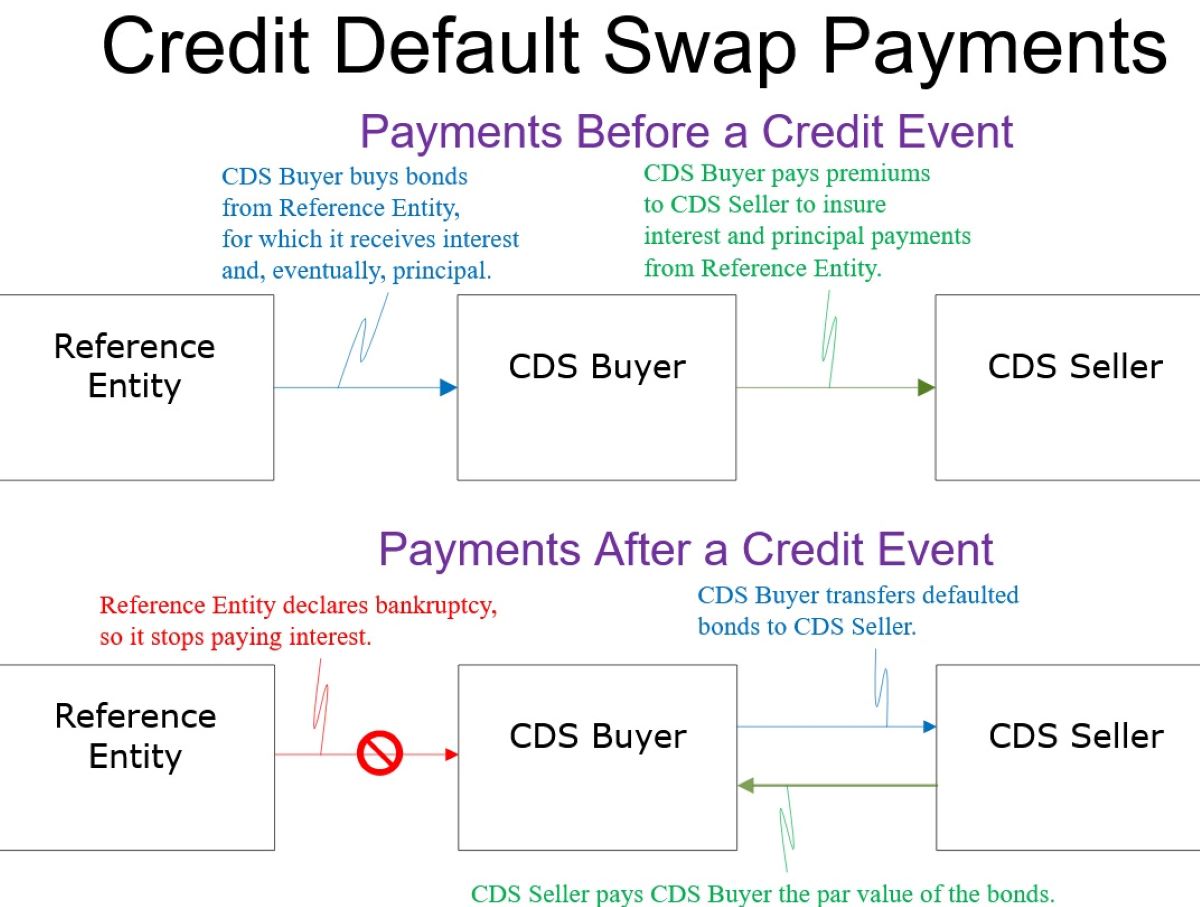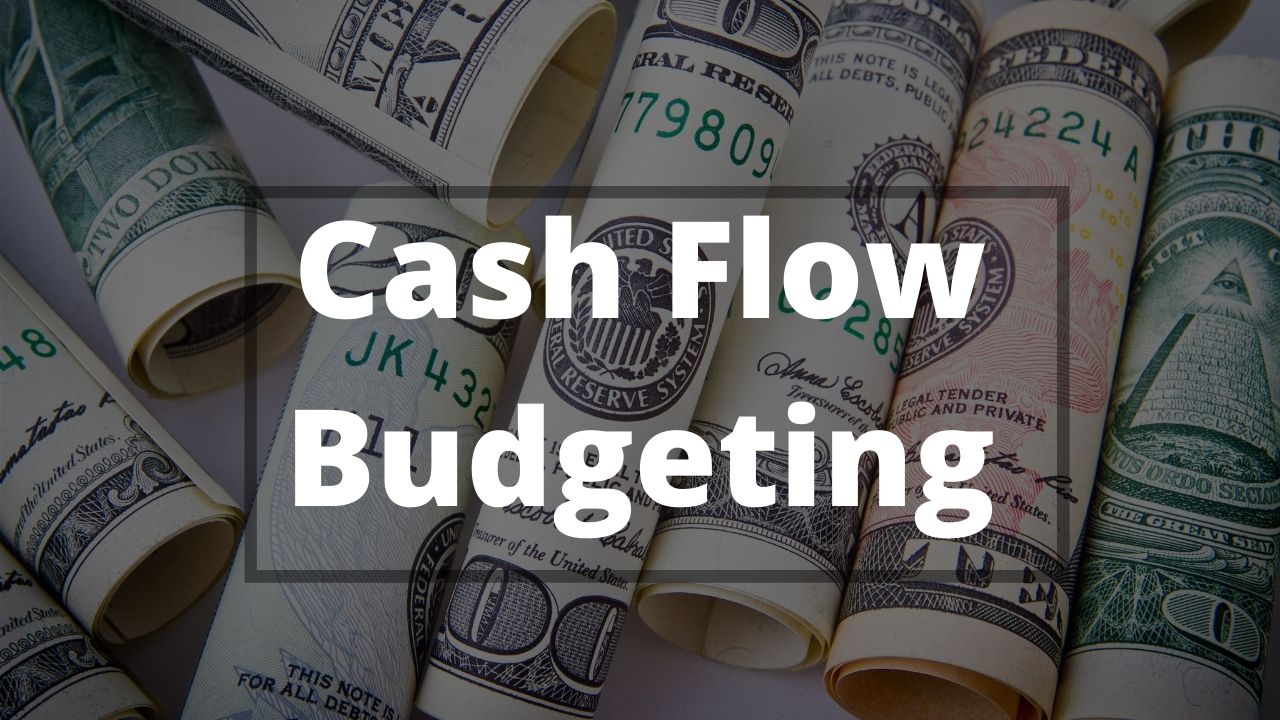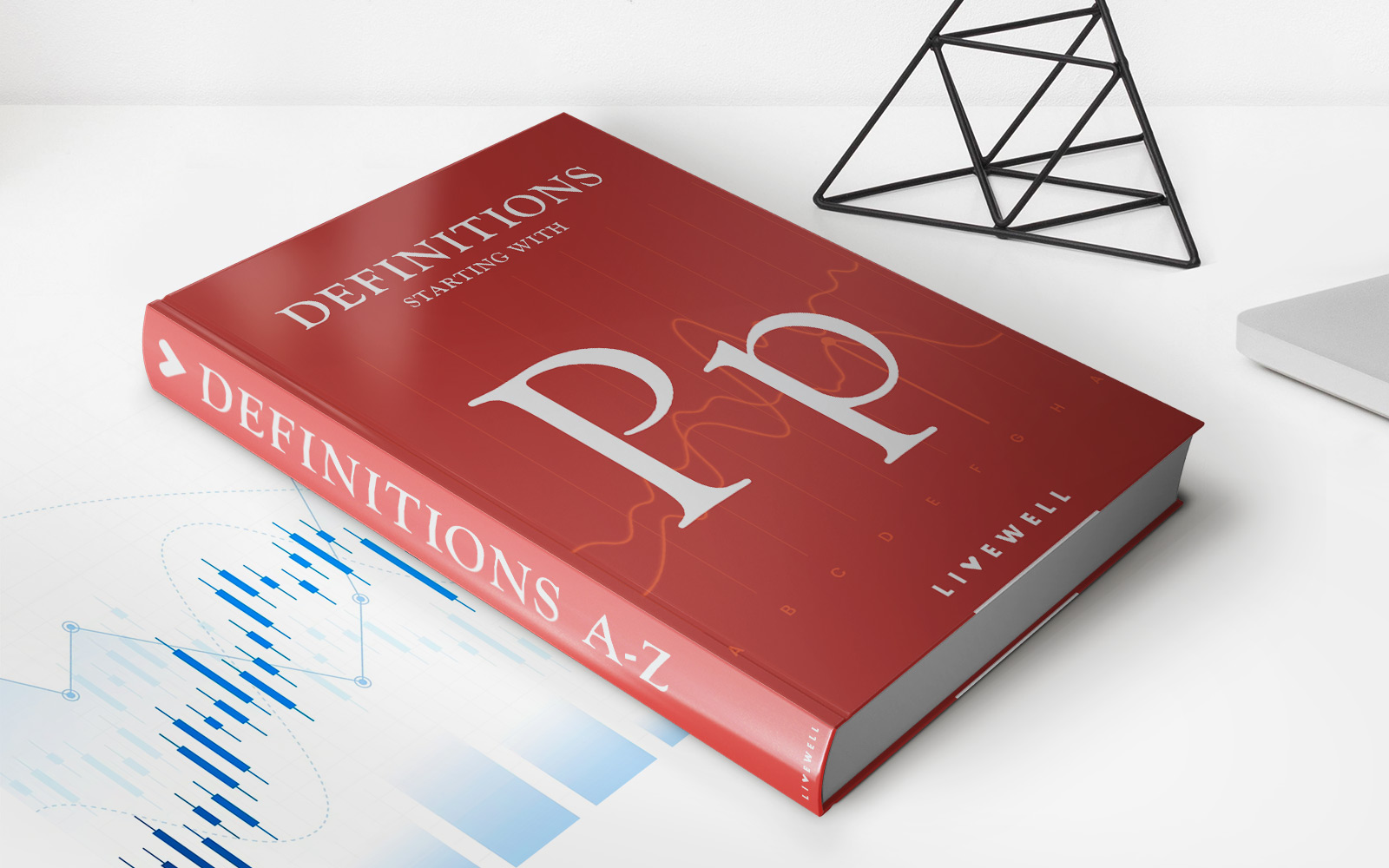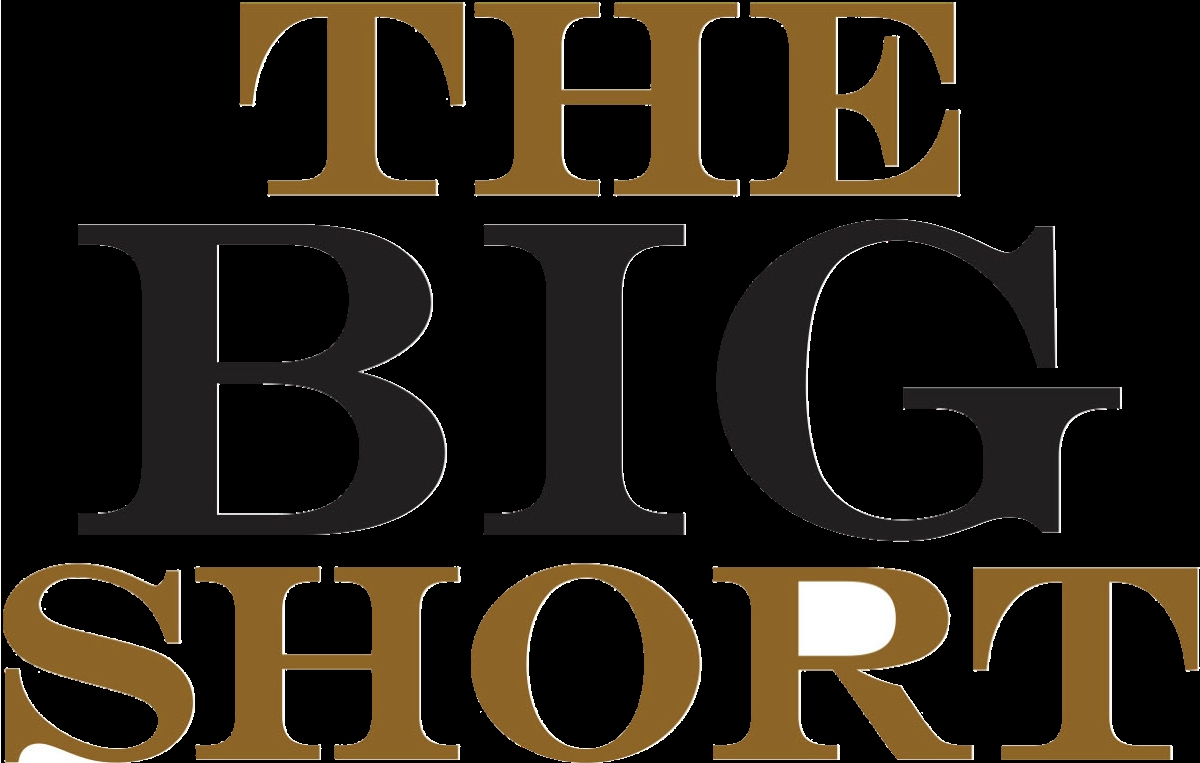

Finance
What Are Credit Default Swaps? The Big Short
Published: March 4, 2024
Learn about credit default swaps and their role in the financial market, as depicted in "The Big Short." Understand the impact of these financial instruments on the finance industry.
(Many of the links in this article redirect to a specific reviewed product. Your purchase of these products through affiliate links helps to generate commission for LiveWell, at no extra cost. Learn more)
Table of Contents
Introduction
Understanding the Intricacies of Credit Default Swaps
Welcome to the fascinating world of finance, where complex instruments known as credit default swaps (CDS) play a pivotal role in the global economy. Whether you're a seasoned investor or a curious individual seeking to unravel the mysteries of Wall Street, understanding credit default swaps is crucial in comprehending the intricate web of financial markets.
In this article, we embark on a journey to demystify credit default swaps, exploring their fundamental nature, mechanisms, and impact on the financial landscape. From unraveling the technicalities of CDS to delving into their real-world implications, we'll navigate through this complex financial tool with clarity and insight.
So, fasten your seatbelts as we venture into the realm of credit default swaps, where financial innovation meets risk management, and where the story of "The Big Short" unfolds. Let's embark on this illuminating journey to grasp the significance of credit default swaps and their profound influence on the global financial system.
Understanding Credit Default Swaps: Decoding the Financial Instrument
To comprehend the intricacies of credit default swaps (CDS), it’s essential to grasp the underlying concept of these financial instruments. At its core, a credit default swap functions as a form of insurance against the default of a borrower or issuer of debt. It allows investors to hedge against the risk of a borrower failing to meet their debt obligations, providing a layer of protection in the volatile realm of credit markets.
Imagine a scenario where a financial institution extends a substantial loan to a corporate entity. In this case, the lender might seek to mitigate the risk of potential default by entering into a credit default swap agreement with a counterparty, often a specialized financial institution. Through this agreement, the lender pays a periodic fee, known as the premium, to the counterparty in exchange for protection against the possibility of the borrower defaulting on the loan.
It’s important to note that credit default swaps are traded over-the-counter (OTC), meaning they are customized contracts negotiated directly between two parties rather than through a centralized exchange. This characteristic allows for flexibility in tailoring the terms of the swap to suit the specific needs of the parties involved, contributing to the intricate nature of these financial instruments.
Furthermore, the notional value of a credit default swap represents the total value of the underlying debt being insured. While the buyer of the CDS pays periodic premiums, the seller of the swap assumes the risk of having to compensate the buyer in the event of a credit event, such as default or restructuring, relating to the underlying debt.
As we delve deeper into the realm of credit default swaps, it becomes evident that these instruments play a pivotal role in shaping the dynamics of the financial markets, offering both risk management opportunities and avenues for speculation. Understanding the nuances of credit default swaps is paramount in navigating the complexities of modern finance, paving the way for informed decision-making and risk mitigation strategies in the ever-evolving landscape of global markets.
The Big Short: Unraveling the Impact of Credit Default Swaps
Enter the captivating narrative of “The Big Short,” a saga that encapsulates the profound influence of credit default swaps on the financial landscape. The 2008 financial crisis serves as a pivotal backdrop, offering a stark portrayal of the repercussions stemming from the proliferation of CDS and their role in the housing market collapse.
At the heart of “The Big Short” lies the narrative of astute investors who foresaw the impending housing market crisis and sought to capitalize on the looming turmoil. These individuals, portrayed in both literature and film adaptations, navigated the complexities of credit default swaps to orchestrate lucrative bets against the stability of mortgage-backed securities.
As the housing bubble inflated to unsustainable levels, fueled by subprime mortgage lending and flawed securitization practices, the stage was set for a seismic financial fallout. Amidst this tumultuous backdrop, the strategic implementation of credit default swaps enabled these investors to profit from the eventual collapse of the housing market, a feat that defied conventional market sentiments and garnered substantial returns.
The narrative of “The Big Short” underscores the intricate interplay between financial innovation, risk assessment, and the profound implications of credit default swaps. It sheds light on the dual nature of these instruments, serving as both risk management tools and vehicles for speculative endeavors. The events surrounding “The Big Short” underscore the far-reaching impact of credit default swaps, transcending the realm of financial markets to permeate popular culture and collective consciousness.
Ultimately, “The Big Short” serves as a compelling testament to the transformative power of credit default swaps, offering a poignant reflection on the complexities and consequences of financial instruments that hold the potential to shape the course of global economies.
Conclusion: Navigating the Dynamics of Credit Default Swaps
As we conclude our exploration of credit default swaps, it becomes evident that these financial instruments embody a multifaceted realm that intertwines risk management, innovation, and the intricate dynamics of global finance. From their role in hedging against credit risk to their portrayal in the narrative of “The Big Short,” credit default swaps stand as a testament to the profound impact of financial instruments on the modern economic landscape.
Understanding credit default swaps is not merely an academic pursuit but a crucial endeavor for market participants, policymakers, and individuals seeking to comprehend the complexities of contemporary finance. The ability of these instruments to influence market dynamics, mitigate risk, and serve as vehicles for speculative endeavors underscores their significance in the global financial ecosystem.
As we reflect on the narrative of “The Big Short,” we are reminded of the transformative power of credit default swaps and their capacity to shape the course of financial history. The events surrounding the housing market collapse and the strategic maneuvers of investors underscore the far-reaching implications of these instruments, transcending the confines of traditional financial analysis to permeate popular culture and collective consciousness.
In essence, credit default swaps epitomize the intricate fusion of finance and innovation, embodying a realm where risk and opportunity converge. Navigating this landscape demands a nuanced understanding of the mechanisms, implications, and ethical considerations associated with these instruments, paving the way for informed decision-making and risk management strategies in the ever-evolving world of global markets.
As we bid adieu to our exploration, let us carry forth the insights garnered from our journey into the realm of credit default swaps, recognizing the profound influence of these instruments and their enduring relevance in shaping the fabric of modern finance.
